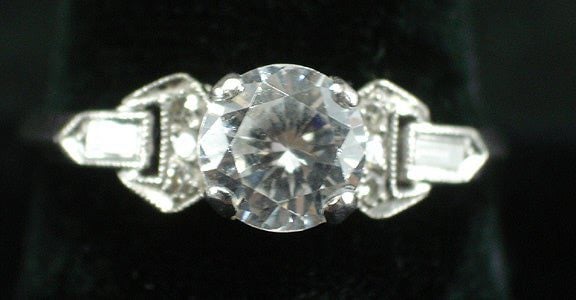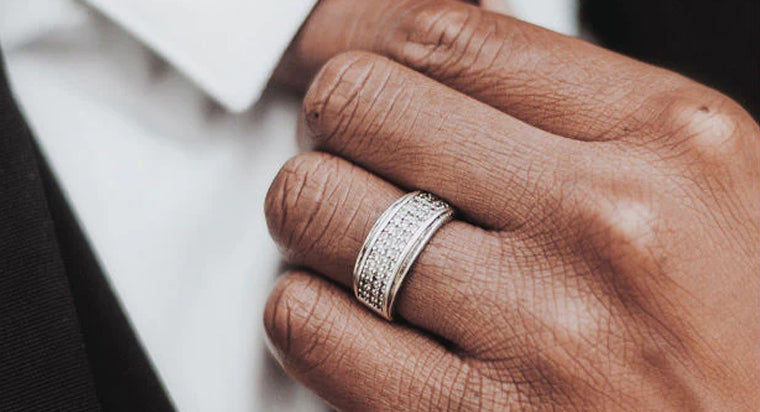
lab grown diamonds vs natural the sparkling gems coveted for centuries, have traditionally been mined from the depths of the Earth. However, in recent decades, a new contender has emerged in the jewelry market: lab-grown diamonds. These stones are created in controlled environments rather than extracted from mines, sparking a heated debate over their merits compared to natural diamonds.
The Science Behind Each Diamond
Natural Diamonds: Natural diamonds form deep within the Earth’s mantle under extreme pressure and temperature over millions of years. They are brought to the surface through volcanic eruptions in rare geological conditions. Each natural diamond is a unique product of geological processes, characterizedits rarity and individual flaws, known as inclusions, which are often seen as birthmarks that make each stone distinct.
Lab-Grown Diamonds: In contrast, lab-grown diamonds are created through technological processes that mimic the natural diamond-growing environment. These diamonds are produced using two primary methods: High Pressure-High Temperature (HPHT) and Chemical Vapor Deposition (CVD). HPHT involves replicating the conditions of the Earth’s mantle, while CVD uses a carbon-rich gas to grow the diamond crystals layerlayer on a substrate. The result is a diamond with the same chemical composition and crystal structure as a natural diamond, but with fewer or no inclusions and a potentially faster growth process.
Environmental and Ethical Considerations
Environmental Impact: Natural diamond mining has historically raised concerns about its environmental impact. Mining operations can lead to habitat destruction, soil erosion, and the consumption of large amounts of energy and water. In contrast, lab-grown diamonds are often touted as a more environmentally friendly alternative, as they require less energy and have a smaller carbon footprint. However, the production of lab-grown diamonds is not entirely without environmental impact, as it still involves energy consumption and the use of chemicals.
Ethical Concerns: Ethical issues surrounding natural diamonds often revolve around human rights abuses in diamond mining regions, known as conflict diamonds or blood diamonds. Organizations like the Kimberley Process Certification Scheme aim to combat the trade in conflict diamonds, but challenges persist. Lab-grown diamonds, being manufactured in controlled environments, are generally considered free from these ethical concerns. Consumers seeking to avoid contributing to human rights violations may therefore prefer lab-grown diamonds.
Value and Perception
Perceived Value: Traditionalists argue that natural diamonds hold greater emotional and monetary value due to their rarity and natural formation. The long-standing cultural significance of natural diamonds in engagements and other milestones adds to their perceived worth. In contrast, some consumers view lab-grown diamonds as a practical and modern choice, appreciating their sustainable credentials and potentially lower price point.
Economic Impact: The diamond industry, particularly in countries like Botswana and South Africa, relies heavily on natural diamond mining for economic stability and employment. The rise of lab-grown diamonds has raised concerns about the potential economic impact on these regions if demand for natural diamonds decreases.
Conclusion
The debate between lab-grown and natural lab grown diamonds is multifaceted, encompassing scientific, environmental, ethical, and economic considerations. Ultimately, the choice between these diamonds often comes down to personal values and preferences. Natural diamonds appeal to those who value tradition, rarity, and natural beauty, while lab-grown diamonds attract consumers seeking sustainable, ethical, and potentially more affordable alternatives.
As technology advances and consumer awareness grows, both types of diamonds continue to evolve in terms of quality, availability, and market acceptance. Whether one chooses a natural or lab-grown diamond, both options offer stunning beauty and enduring symbolism as timeless treasures in the world of jewelry.





